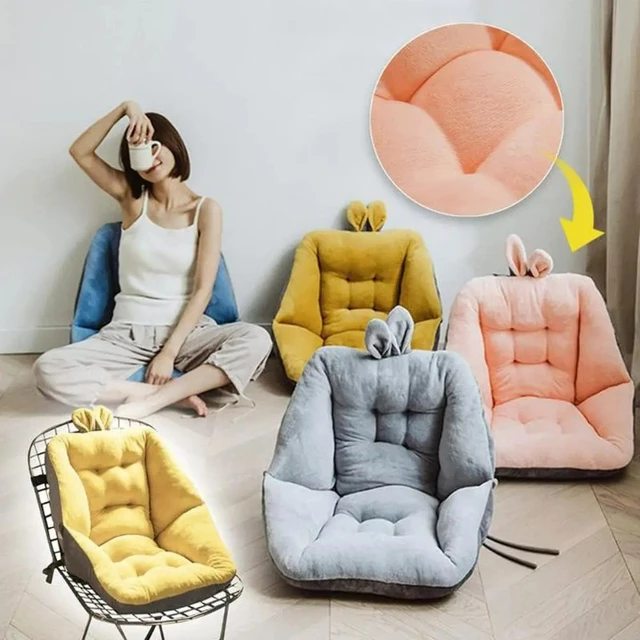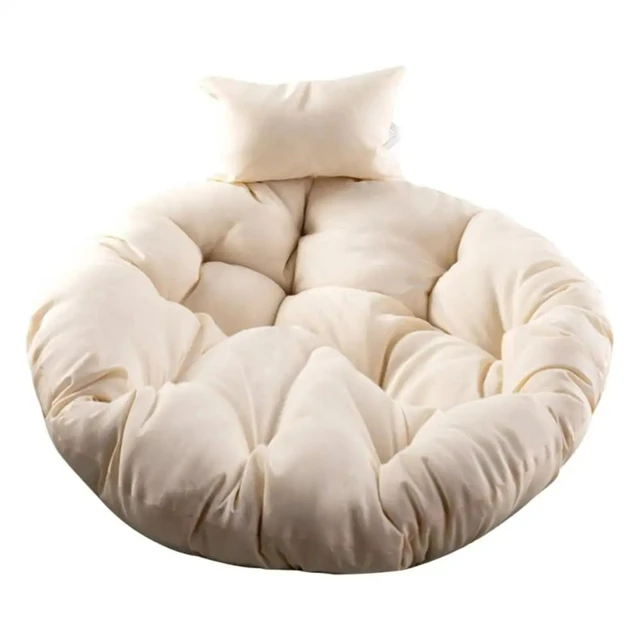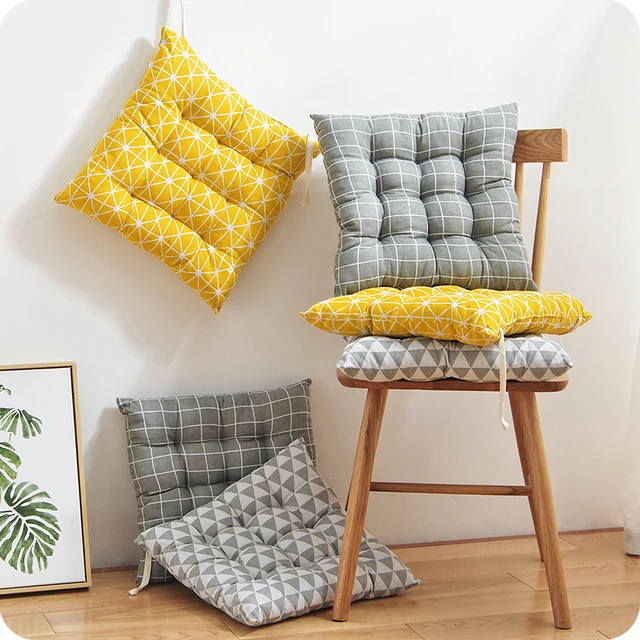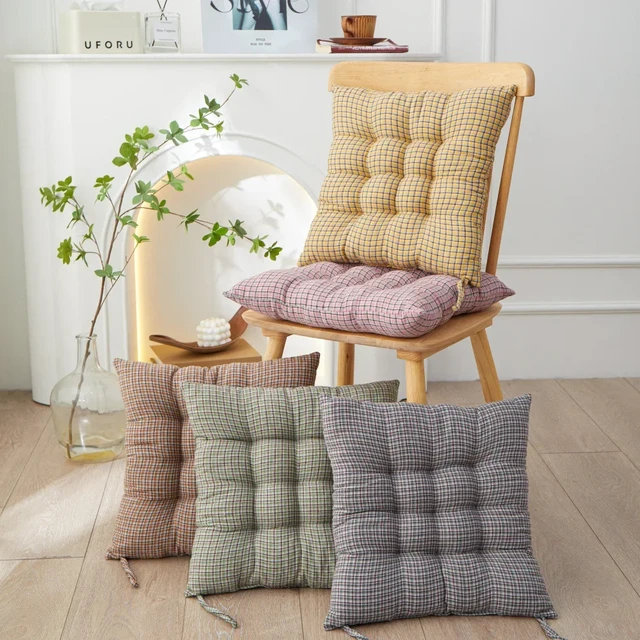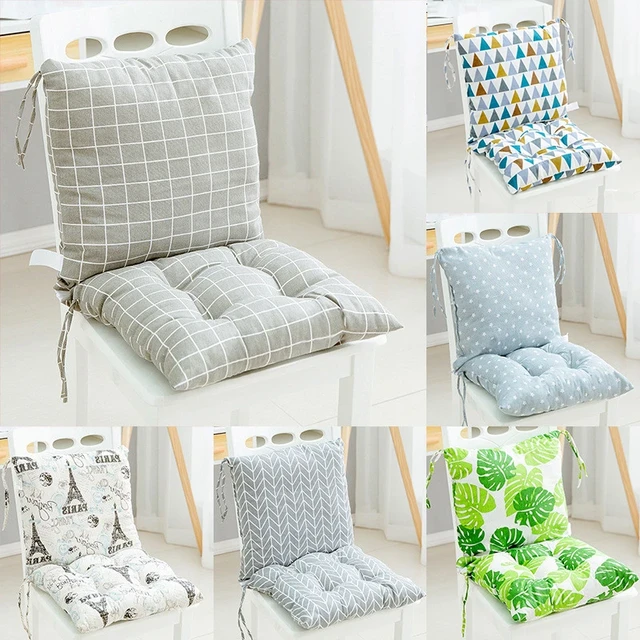Introduction:
Regular cleaning of chair cushions is essential to maintain a fresh and spotless seating area. Whether you have fabric, leather, or vinyl chair cushions, proper cleaning techniques can help remove stains, dirt, and odors, ensuring a clean and inviting space. In this comprehensive article, we will provide step-by-step instructions on how to clean chair cushions effectively. By following these simple steps, you can keep your chair cushions looking their best and prolong their lifespan.
Materials, Types, and Styles of Chair Cushions:
Chair cushions come in a variety of materials, types, and styles, allowing you to choose options that fit your comfort preferences and complement your decor. The choice of material affects the cushion’s durability, comfort, and maintenance requirements. Here are some common materials, types, and styles of chair cushions:
Materials:
Foam: Foam cushions are widely used for chair cushions due to their comfort and support. They come in different densities, such as high-density foam for firmness or memory foam for added softness and contouring.
Polyester Fiberfill: Polyester fiberfill cushions are lightweight and affordable. They provide a soft and comfortable seating surface and require occasional fluffing to maintain their shape.
Down and Feather: Down and feather-filled cushions offer a luxurious and plush seating experience. They are known for their softness and ability to retain their shape over time.
Gel: Gel cushions use gel inserts to provide pressure relief and enhance comfort. They are often used for therapeutic or medical purposes.
Types of Chair Cushions:
Square or Rectangular Cushions: Square or rectangular cushions are the most common type used for chairs. They have straight edges and are versatile for various chair designs.
Round Cushions: Round cushions are used for chairs with curved or circular seating areas. They add a softer and more playful touch to the chair’s appearance.
T-Cushions: T-cushions have a unique shape that extends beyond the arms of a chair, resembling a “T.” They offer a relaxed and casual look and are commonly used in furniture with a more traditional or transitional style.
Bench Cushions: Bench cushions are longer cushions designed for benches or long seating areas. They provide comfort and support for extended sitting.
Styles of Chair Cushions:
Boxed Cushions: Boxed cushions have a clean and squared-off appearance with distinct corners. They offer a tailored and structured look suitable for modern or traditional designs.
Knife-Edge Cushions: Knife-edge cushions have a simple and streamlined appearance with a single seam along the edges. They provide a versatile option that can complement various chair styles.
Tufted Cushions: Tufted cushions feature buttons or stitches that create a pulled or tufted appearance on the cushion surface. They add an elegant and classic touch to chair designs.
Piped or Welted Cushions: Piped or welted cushions have a decorative cord or fabric trim along the edges. This style adds a tailored and finished look to the cushion design.
Patterned or Printed Cushions: Patterned or printed cushions come in various designs, colors, and patterns. They can add visual interest and serve as a focal point in the chair’s overall look.
When selecting chair cushions, consider the material that provides optimal comfort and durability for your seating needs. Additionally, choose a type of cushion that fits the chair’s design and dimensions. Lastly, select a style that complements your decor and personal aesthetic preferences. By considering these factors, you can find chair cushions that enhance the comfort, style, and functionality of your seating area.
Preparation:
Remove the chair cushions from the chairs and place them on a clean, flat surface. This will make the cleaning process easier and more efficient.
Vacuuming:
Start by vacuuming the chair cushions to remove loose dirt, crumbs, and debris. Use a vacuum cleaner with a soft brush attachment to gently vacuum both sides of the cushions.
Spot Cleaning:
For small stains or spills, quickly blot the affected area with a clean cloth or paper towel. Avoid rubbing the stain, as it may spread or set deeper into the fabric.
Fabric Chair Cushions:
If your chair cushions have fabric covers, check the care label for specific cleaning instructions. Most fabric covers can be safely cleaned using the following steps: a. Mix a mild detergent with warm water in a bucket or basin. b. Dip a clean cloth or sponge into the soapy water and gently scrub the fabric in a circular motion. c. Pay extra attention to stained or soiled areas, applying more pressure if needed. d. Rinse the cloth or sponge with clean water and wipe away any soapy residue from the cushions. e. Allow the cushions to air dry completely before placing them back on the chairs.
Leather Chair Cushions:
For leather chair cushions, wipe them down with a soft, damp cloth to remove any surface dirt or spills. Avoid using excessive water or harsh cleaning agents that may damage the leather.
If the leather cushions have stains or require a deeper cleaning, use a leather-specific cleaner or mild soap mixed with water. Follow the product instructions for best results.
After cleaning, wipe away any soapy residue with a clean, damp cloth and allow the cushions to air dry. Apply a leather conditioner or protectant to keep the leather supple and prevent cracking.
Vinyl Chair Cushions:
Vinyl chair cushions are relatively easy to clean. Start by wiping them down with a soft cloth or sponge dipped in warm, soapy water. Gently scrub the cushions to remove any dirt or stains.
Rinse the cloth or sponge with clean water and wipe away any soapy residue from the cushions.
For stubborn stains, use a mixture of baking soda and water to create a paste. Apply the paste to the stained area and let it sit for a few minutes before scrubbing gently. Rinse with clean water and wipe dry.
To disinfect vinyl chair cushions, mix equal parts water and white vinegar in a spray bottle. Spray the solution onto the cushions and wipe them down with a clean cloth or sponge. Allow the cushions to air dry completely.
Drying and Replacing:
Once the chair cushions are clean, ensure they are completely dry before placing them back on the chairs. Moisture trapped within the cushions can lead to mold or mildew growth.
If possible, allow the cushions to air dry in a well-ventilated area or under the sun. You can also use a fan to expedite the drying process.
Once the cushions are dry, carefully place them back onto the chairs, ensuring they fit securely and evenly.
Prevention Tips:
To keep chair cushions cleaner for longer, consider taking preventive measures, such as using slipcovers or stain-resistant fabric protectors.
Regularly spot clean any spills or stains as soon as they occur to prevent them from setting into the fabric or material.
Conclusion:
Regular cleaning of chair cushions is essential to maintain a fresh, spotless, and inviting seating area. By following these easy steps for vacuuming, spot cleaning, and using appropriate cleaning techniques for fabric, leather, or vinyl chair cushions, you can effectively remove dirt, stains, and odors, ensuring the longevity and aesthetic appeal of your chair cushions. Embrace the satisfaction of having clean and well-maintained chair cushions that enhance the overall cleanliness and comfort of your seating area.
